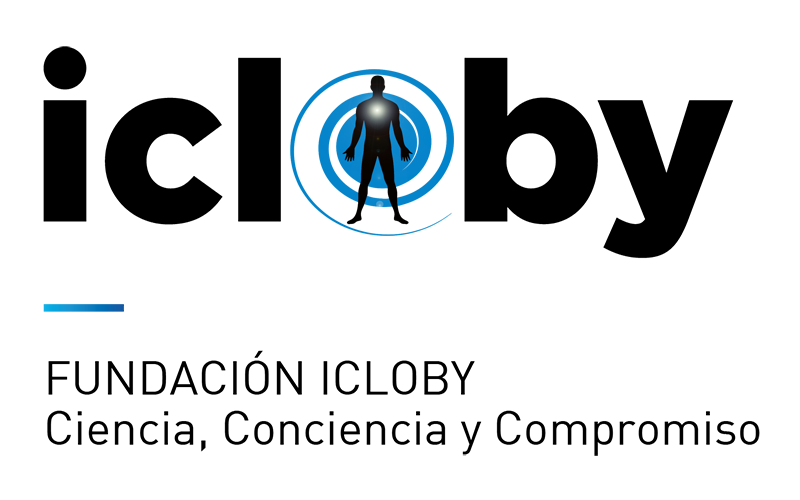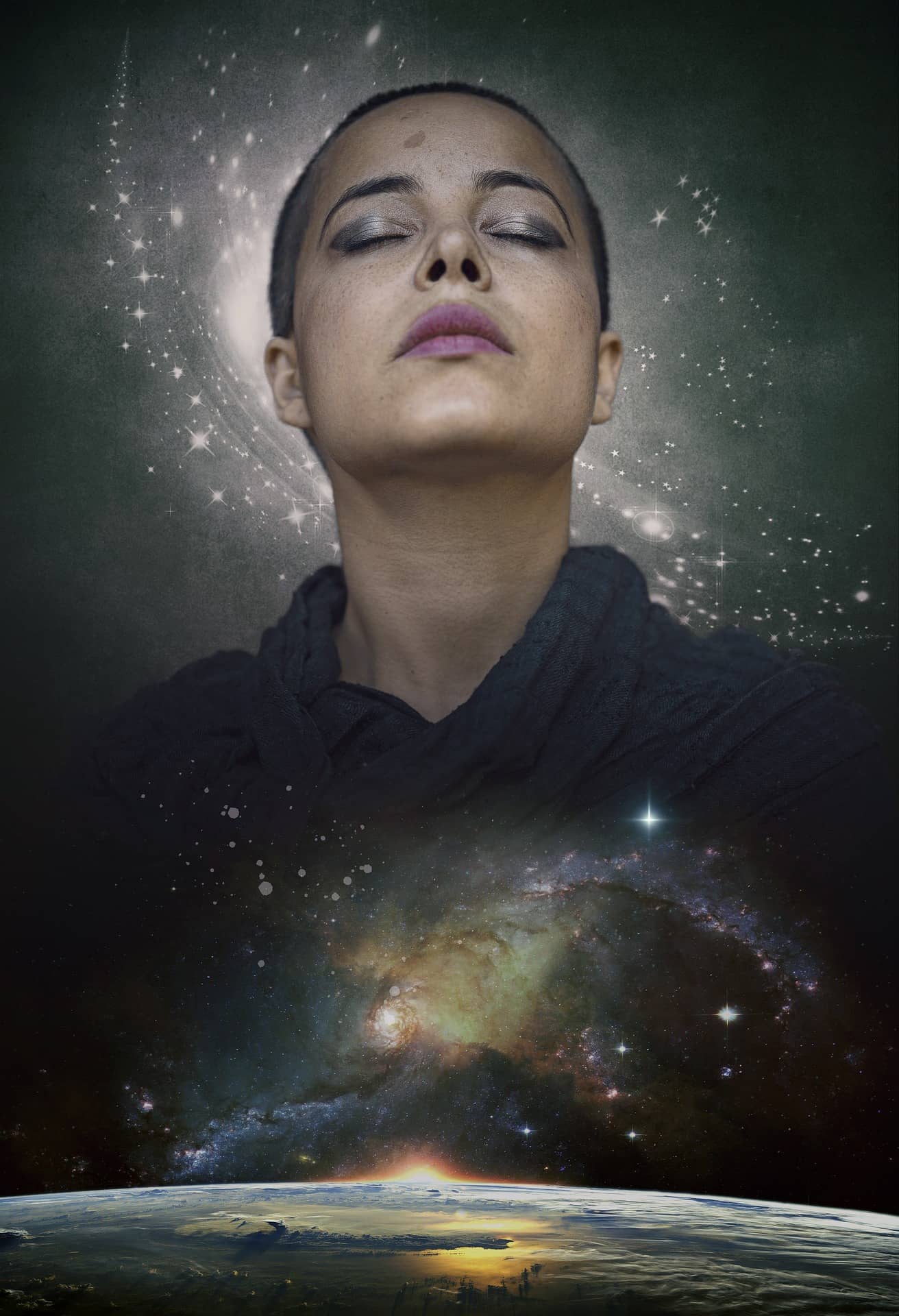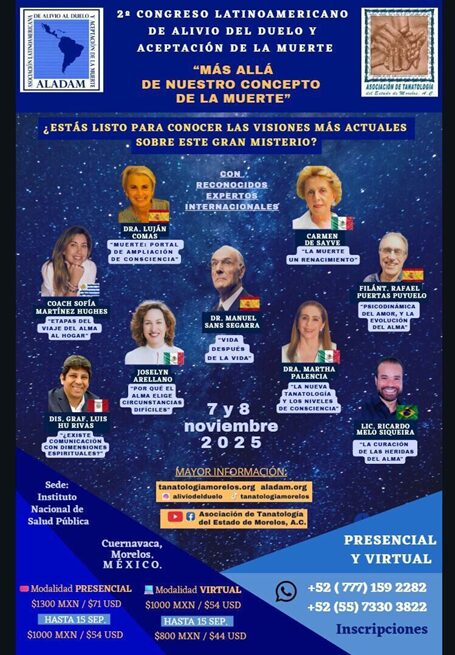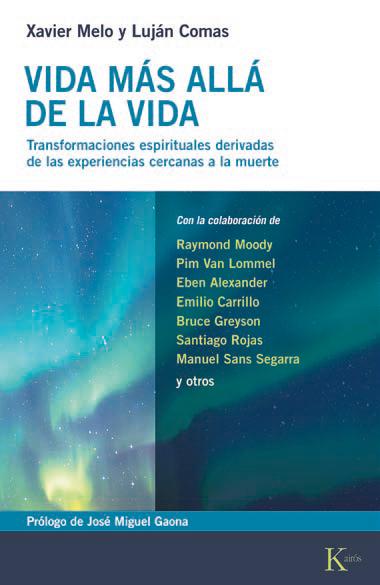Überprüfung eines neurowissenschaftlichen Modells von Nahtodenerfahrungen de Charlotte Martial et al.
https://www.nature.com/articles/s41582-025-01072-z
Xavier Melo
Als diejenigen, die der wissenschaftlichen Literatur zu Nahtodenerfahrungen folgen (NTEs) wissen, Charlotte Martial und ihr Team schlagen ein naturalistisches Modell vor, das auf einer Hauptaussage basiert: Alle menschlichen Erfahrungen werden vom Gehirn erzeugt.
Angesicht, Martial und ihr Team können nur darauf hindeuten, dass solche Erfahrungen in den kurzen Sekunden nach einer kardiorespiratorischen Verhaftung auftreten, Nicht, wenn das Gehirn aufhört zu funktionieren.
In diesem neuen Artikel veröffentlicht in Natur, Die Arbeit des Teams ist eine anhaltende Anstrengung, diesen Prinzip aufrechtzuerhalten: dass alle Erfahrungen vom Gehirn produziert werden. Um dies zu unterstützen, Der Artikel kombiniert Studien, Meistens aus dem eigenen Team von Martial, mit Ketamin, DMT, elektrische Spikes im Elektroenzephalogramm (EEG) vor dem Tod, Ohnmacht, REM -Eingriffe, und die Sekretion bestimmter Neurotransmitter, zusammen mit der Behauptung, dass das Gehirn kann “trennen” aus der Umwelt und bietet gleichzeitig ein hyperreales Erlebnis.
Während jedes dieser Studien Probleme aufweist, Wie bereits in anderen Einträgen erläutert, Martial schlägt vor, dass ihre Gesamtansicht a liefert “robuste Basis” neurowissenschaftlich nDEs zu erklären.
Sicherlich, Diese Behauptung ist mit Kosten verbunden: Jedes dieser Gehirnzustände treten im gewöhnlichen Bewusstsein auf, ohne ein NDE zu erzeugen. Daher, Es ist vernünftig anzunehmen, dass der NDE in ihrer Abwesenheit auftritt, das heißt, Wenn sich das Gehirn in keinem dieser Zustände befindet. Jedoch, dies entwickeln “robuste Basis” ist nicht so einfach, wie wir in der detaillierten Analyse des Artikels sehen werden.
Auf der ersten Seite, Die Autoren erkennen an, dass NDEs in Situationen auftreten können, in denen das Leben nicht bedroht ist, Sie schlagen jedoch vor, dass sie ein Produkt eines Abwehrmechanismus des Gehirns sind. Das vage Konzept von “getrennt” wird für einen aktivierten Gehirnzustand ohne Verbindung zur Außenwelt vorgeschlagen. Diese Idee wird nur von einem der Autoren verwiesen, Und da es behauptet, dass die menschliche Erfahrung aus dem Gehirn kommt, der Artikel, in gewisser Weise, wird trivial. Schließlich, Eine Ad -hoc -Validierungsskala wird von den Autoren selbst vorgeschlagen.
Auf Seite 2, Ereignisse, die in den ersten Sekunden nach einem Herzstillstand im Gehirn auftreten. Jedoch, Es wird nicht erklärt, wie dies ohne einen Herzstillstand oder unter Anästhesie passieren kann. Neurophysiologische Modelle werden umrissen, Springen von Korrelationen zu Erklärungen ohne irgendetwas, um diese Verschiebung zu unterstützen. Der Artikel erkennt den mangelnden Evolutionswert von NDEs an, Bescheidet sich jedoch nicht, wie sich dies auf die Neurowissenschaften auswirken könnte. Der Dualismus wird angemessen erklärt, aber es wird fälschlicherweise behauptet, dass es keine hat “robust” Basis.
Auf Seite 3, Die chronologische Linie von NDE -Studien schließt alle Forschungsergebnisse stark aus, deren Schlussfolgerungen eine dualistische Grundlage stützen. Zusätzlich, Eine Reihe von Studien, die transkranielle Stimulation und Arzneimittelversuche beinhalten, Oft aus dem Team von Martial, werden zitiert, behaupten, NDEs nachzuahmen. Jedoch, Weder Blanke's noch Timmermans Studien, noch ihre eigene, Replizieren Sie Obes (Außerkörperliche Erfahrungen) oder NDEs, wie in früheren Diskussionen gezeigt.
Auf Seite 6, Endorphine werden vorgeschlagen, die das Wohlbefinden oder die Euphorie während eines NDE verursachen, Es wird jedoch übersehen, dass diese Zustände verschwinden, sobald der NDE endet, Obwohl die Endorphine im Gehirn bleiben. Es wird auch vermutet, dass eine Tendenz zwischen den Koma -Überlebenden, illusorische Erinnerungen zu sammeln, die Hyperrealität von NDEs erklären könnte. Jedoch, Es wird nicht untersucht, ob diejenigen mit NDEs, denen diese Funktion fehlt, weniger haben “hyperreal” Erfahrungen.
Auf der nächsten Seite, Der Artikel vermutet, dass die zuvor erklärten Gehirnmechanismen Zahlen wie Hyperrealität verursachen könnten, Lichter, Obes, usw., Es sind jedoch keine Tests vorgesehen, um diese Hypothesen zu bestätigen. Studien von Parnia und anderen, die überprüfbare Inhalte bereitstellen, werden als unzuverlässig abgetan.
Auf Seite 8, REM -Intrusionen werden trotz der signifikanten phänomenologischen Unterschiede als erklärend vorgeschlagen. Theta und Delta -Gehirnwellen, in verschiedenen Zuständen aufgezeichnet, die mit klarem Bewusstsein nicht kompatibel sind, werden hier als potenzielle Ursachen von NDEs interpretiert.
Auf der folgenden Seite (Seite 9), Es wird angemessen angegeben, dass die Gehirnaktivität innerhalb von Sekunden nach einem Herzstillstand aufhört, Dies scheint jedoch keine Bedrohung für ihr Modell zu darstellen.
Abschließend, all das “Maybes,” “Konferenz,” Und “vielleicht” verwandeln, unverständlich, und unsinnig. Es ist ein grobe Versuch, eine Position ohne wissenschaftliche Strenge aufrechtzuerhalten, Förderung der Validierung schwerwiegender Hypothesen.
Der Artikel von Martial wiederholt ein gemeinsames Vorrecht von naturalistischen Modellen: innerhalb der 20 Sekunden nach einem Herzstillstand, NDEs müssen auftreten, Was auch immer mit dem Gehirn in dieser Zeit passiert, wird als Post -hoc -Erklärung angesehen. Wie Radin warnte, Diese Modelle neigen dazu, Phänomene zu ignorieren, die nicht in dieses Vorrecht passen, wie angekündigte Heilungen, Erfahrungen in der Darién Gap, Verifizierte Ereignisse während der Verhaftung in verschiedenen Populationen - einschließlich der Blinden, Kinder, Verifizierte Remote -Ereignisse, klares Bewusstsein unter Anästhesie, Erinnerungen, die unter Hypoxie oder Vision bei blinden geborenen Individuen gebildet wurden, Begegnungen mit verstorbenen Verwandten im Moment der Verhaftung, und andere.
Martial und ihr Team haben ausreichend akademisch, um einige dieser Phänomene zu erwähnen, Aber sie entlassen sie direkt. Paradoxerweise, Sie fordern a “robuste Basis” Für eine Reihe von Vermutungen, die entweder in der wissenschaftlichen Forschung nicht übertrieben werden oder bereits vollständig diskreditiert wurden. Dies sind das letzte Keuchen der Aufrechterhaltung einer Position, die unvernünftig ist, unwissenschaftlich, und nicht nachhaltig, weil es einfach nicht für die Realität berücksichtigt wird.





